

Copyright 2005 by The McGraw-Hill Companies, Inc. All rights reserved. Printed in the United States of America. Except as permitted under the United States Copyright Act of 1976, no part of this publication may be reproduced or distributed in any form or by any means, or stored in a database or retrieval system, without the prior written permission of the publisher.
ISBN: 978-0-07-144612-9
MHID: 0-07-144612-5
The material in this eBook also appears in the print version of this title: ISBN: 978-0-07-143887-2, MHID: 0-07-143887-4.
All trademarks are trademarks of their respective owners. Rather than put a trademark symbol after every occurrence of a trademarked name, we use names in an editorial fashion only, and to the benefit of the trademark owner, with no intention of infringement of the trademark. Where such designations appear in this book, they have been printed with initial caps.
McGraw-Hill eBooks are available at special quantity discounts to use as premiums and sales promotions, or for use in corporate training programs. To contact a representative please e-mail us at bulksales@mcgraw-hill.com.
This publication is designed to provide accurate and authoritative information in regard to the subject matter covered. It is sold with the understanding that neither the author nor the publisher is engaged in rendering legal, accounting, or other professional service. If legal advice or other expert assistance is required, the services of a competent professional person should be sought.
From a Declaration of Principles jointly adopted by a Committee of the American Bar Association and a Committee of Publishers
TERMS OF USE
This is a copyrighted work and The McGraw-Hill Companies, Inc. (McGraw-Hill) and its licensors reserve all rights in and to the work. Use of this work is subject to these terms. Except as permitted under the Copyright Act of 1976 and the right to store and retrieve one copy of the work, you may not decompile, disassemble, reverse engineer, reproduce, modify, create derivative works based upon, transmit, distribute, disseminate, sell, publish or sublicense the work or any part of it without McGraw-Hills prior consent. You may use the work for your own noncommercial and personal use; any other use of the work is strictly prohibited. Your right to use the work may be terminated if you fail to comply with these terms.
THE WORK IS PROVIDED AS IS. McGRAW-HILL AND ITS LICENSORS MAKE NO GUARANTEES OR WARRANTIES AS TO THE ACCURACY, ADEQUACY OR COMPLETENESS OF OR RESULTS TO BE OBTAINED FROM USING THE WORK, INCLUDING ANY INFORMATION THAT CAN BE ACCESSED THROUGH THE WORK VIA HYPERLINK OR OTHERWISE, AND EXPRESSLY DISCLAIM ANY WARRANTY, EXPRESS OR IMPLIED, INCLUDING BUT NOT LIMITED TO IMPLIED WARRANTIES OF MERCHANTABILITY OR FITNESS FOR A PARTICULAR PURPOSE. McGraw-Hill and its licensors do not warrant or guarantee that the functions contained in the work will meet your requirements or that its operation will be uninterrupted or error free. Neither McGraw-Hill nor its licensors shall be liable to you or anyone else for any inaccuracy, error or omission, regardless of cause, in the work or for any damages resulting therefrom. McGraw-Hill has no responsibility for the content of any information accessed through the work. Under no circumstances shall McGraw-Hill and/or its licensors be liable for any indirect, incidental, special, punitive, consequential or similar damages that result from the use of or inability to use the work, even if any of them has been advised of the possibility of such damages. This limitation of liability shall apply to any claim or cause whatsoever whether such claim or cause arises in contract, tort or otherwise.
Contents
Chapter 1
Selecting High-Quality Tenants
Marketing Your Product
The key to a successful and profitable real estate investment business is selecting the best tenants possible. And one of the key elements in selecting and attracting the best tenants is to market your rental unit so the ideal tenants like what they see. As you begin the search for the best tenants, the number-one concern for you should be this: Start with what you have to offer. In other words, get your house in order.
 Solution
Solution
Heres a 10-Step Program on How to Get Your House in Order
Step Number 1: At all times, before making arrangements to show the rental unit to a potential tenant, take the time to thoroughly scrutinize the rental unit yourself. Look it over. Ask yourself, Is this a place where Id consider living?
As they inspect the apartment, most people will be looking for obvious deficiencies. They want to know if the various utilities, stove, refrigerator, dishwasher, and hot water heater are in good working order. The good tenants youre seeking arent dumb, so you can be assured that they are going to be very observant of whether the unit is clean.
As you go through your building, check the basement. Make sure its not full of leftover junk from previous tenants. Ive gone into some basements and found a collection of clutter consisting of old mattresses, davenports, chairs, and many other items.
Once youve completed your inspection and youre ready for the showing, go through the unit and review your property and ask yourself, Am I satisfied that everything is in tip-top shape and ready to show?
Step Number 2:Check the fire extinguishers, smoke detectors, and smoke alarms. I highlight and magnify this item, fire-related equipment, because of its importance. Make sure that all of the fire safety equipment is in proper working order.
Heres something many landlords overlook. Smoke detectors and smoke alarms have a limited life span. If you have any question about the length of time theyve been in your unit, dont hesitate to buy and install new fire and safety equipment at regular intervals. Its inexpensive insurance.
Periodically ask the tenant to check and make sure the smoke alarm and fire extinguisher are working and in proper order. If you have a feeling that the tenant might not do this, then take it upon yourself to check them.
In fact, Id make it a point to personally take the time to inspect the fire extinguisher. Theres an indicator that shows if its in proper working order and whether it is fully charged. If its not at full charge, have it recharged.
If the fire extinguisher is located inside of a cabinet or cupboard, purchase a red warning sticker that says FIRE EXTHIN-GUSHER INSIDE. Place this sticker on the outside of the cupboard door.
I dont think its a sound idea to buy and install the least expensive fire prevention equipment. If a fire should occur, and its discovered that you installed a cheap fire alarm or detector, an attorney will focus on this detail and might be able to use it against you.
If your building has natural gas heat and gas appliances, stove, and gas dryer, install a carbon monoxide detector. As with your fire protection equipment, this also can be inexpensive insurance. Heres a case to illustrate why you must have all this equipment working properly and in first-class condition.
My friend, the owner of a sixplex, rented one of the units to a single working woman. She checked out well in the application for rent and the credit report. One evening she returned to her apartment and started preparing her meal on an electric stove. She left the kitchen, went into the living room to watch the news, and fell asleep. The stove burner remained on while the food was cooking; well, lets say it overcooked. Eventually, with no one watching, something ignited and started a fire. The smoke awakened her. As she woke up, she discovered flames in the cooking pan and all over the burner.





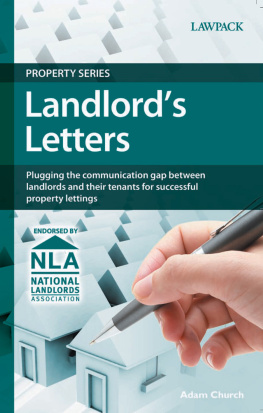


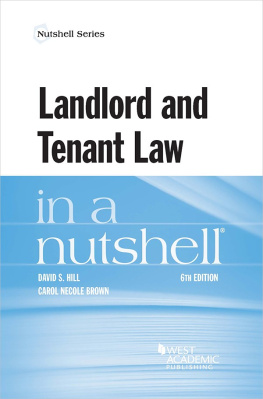

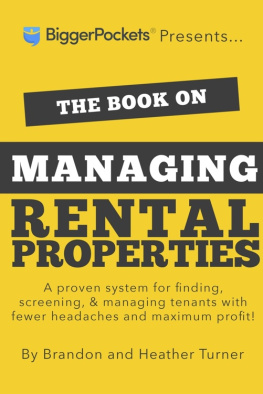
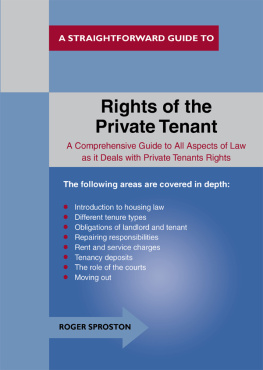
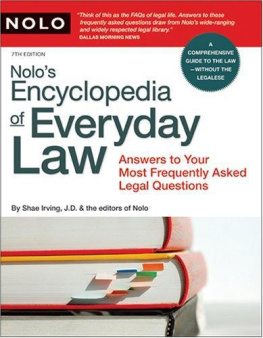


 Solution
Solution